|
|

|
|
Supermarine Spitfire
Designed in the 30's, successive improvements led to the 1944 Mk. XIV. Here is a Mk. V with the unmistakable Merlin engine. |
|

|
|
Nord 1203 Norécrin
Leisure and liaison aircraft 1939-1945 |
|
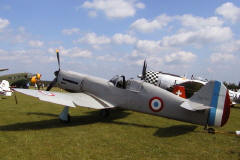
|
|
Caudron Cyclone C714
A pure marvel in 1939, performances, lines and armament, building moved in Finland. Only 12 were delivered to French air force and 40 to Warsaw Squadron before nazi occupation. 480km/h with a Renault 6cyl 500hp engine. |
|
|
|
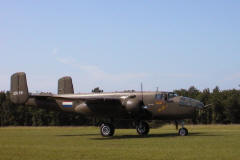
|
|
North American B-25J Mitchell
Medium bomber in use from 1940. |
|
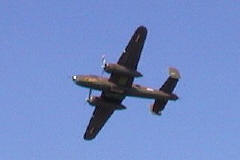
|
|
...
A crew of 7 serviced up to 7 machine guns. |
|
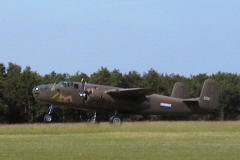
|
|
...
2t of bomb were carried at 450km/h with two Wright 1700hp engines. |
|
|
|

|
|
Chance Vought F4U Corsair
Became in 1943 the most sophisticated carrier fighter of its time. Reaching speeds over 600km/h with a 1800hp engine. |
|
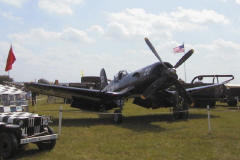
|
|
...
It was later used in Korea and by the French Navy. |
|

|
|
Grumman F6 Hellcat
Carrier based fighter delivered to the USAF in 1942. |
|
|
|
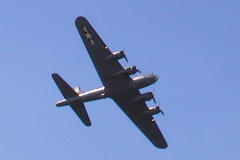
|
|
Boeing B-17 Flying Fortress
Entered service 1939, top speed 295 MPH, 17,600 lb. bomb load, twelve .50
calibre machine guns |
|
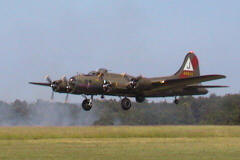
|
|
...
Used over Europe and the Pacific with a crew of 9. This one was eventually used for geographical surveying until the 80's. |
|
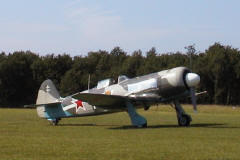
|
|
Yakovlev Yak-11
The Yak-11, which used many Yak-3 parts, modified as needed for the aircraft's new functions, here in Normandy-Niemen
colours. |
|
|
|
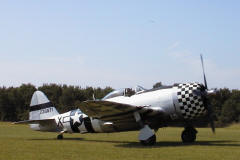
|
|
Republic P47 Thunderbolt
Fighter commissioned in 1942, Pratt & Whitney 2800hp 18cyl engine. |
|

|
|
Polikarpov PO 2
Basic trainer, ruggedness and manoeuvrable, as attack aircraft, night bomber, medevac, and supply plane. |
|
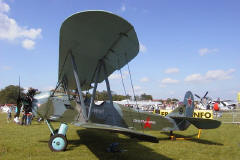
|
|
...
Invisible to radars and impervious to infrared seekers because of its small engine. It could even do attack runs gliding with the engine off making it one of the earliest stealth fighters. |
|
|
|
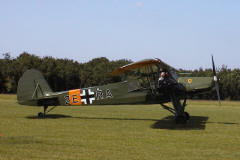
|
|
Fieseler Storch
The unique high-lift wing devices and 240 hp Argus engine allowed the Fieseler Fi-156 Storch to fly at very slow speeds and land wherever the Wehrmacht was committed to battle. Undoubtedly the first STOL plane built. |
|
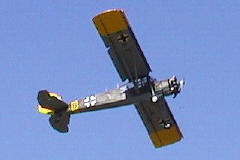
|
|
Morane Saulnier 500 Criquet
French built Storch, with its distinctive radial engine.
The main tasks for the Storch were to fly reconnaissance missions, run ambulatory services, and transport staff. |
|
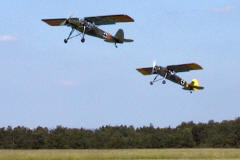
|
|
...
A Criquet takes off behind its German model.
In a light breeze the Storch could take off in just 200 feet (60 meters) and land in about 66 feet (20 meters).
The first plane to land at Cerny aerodrome in 1945 was a Storch. |
|
|
